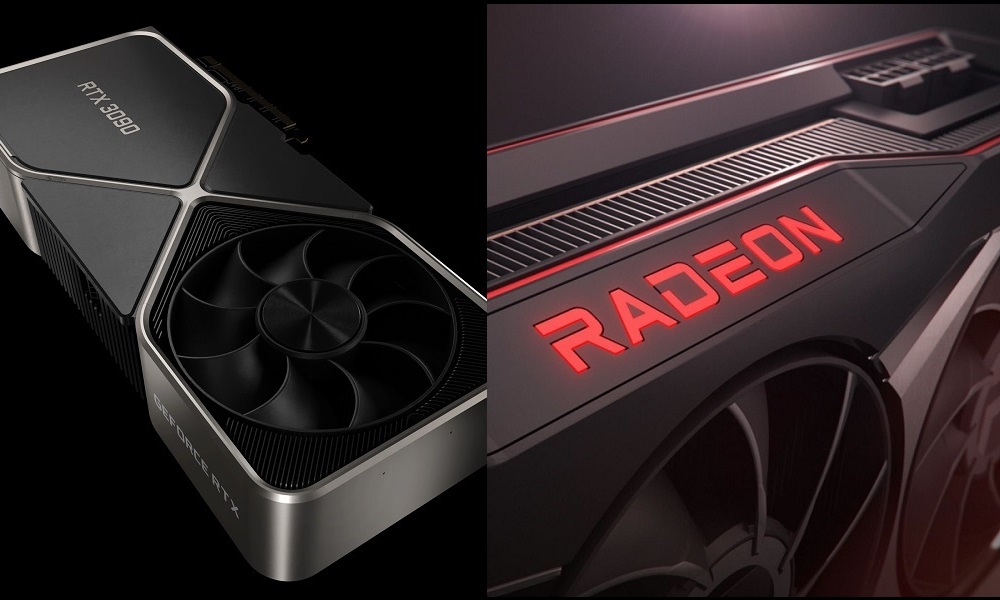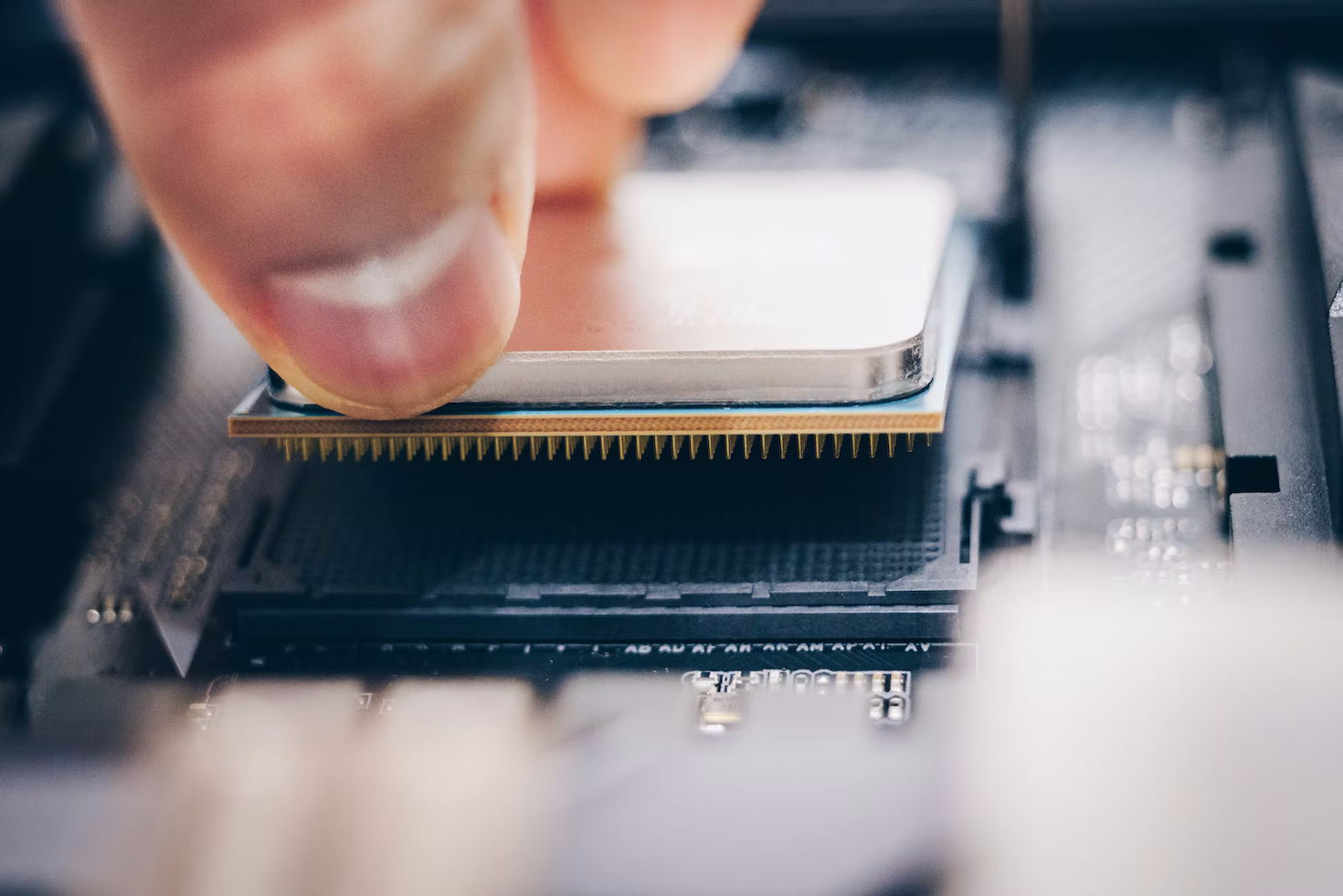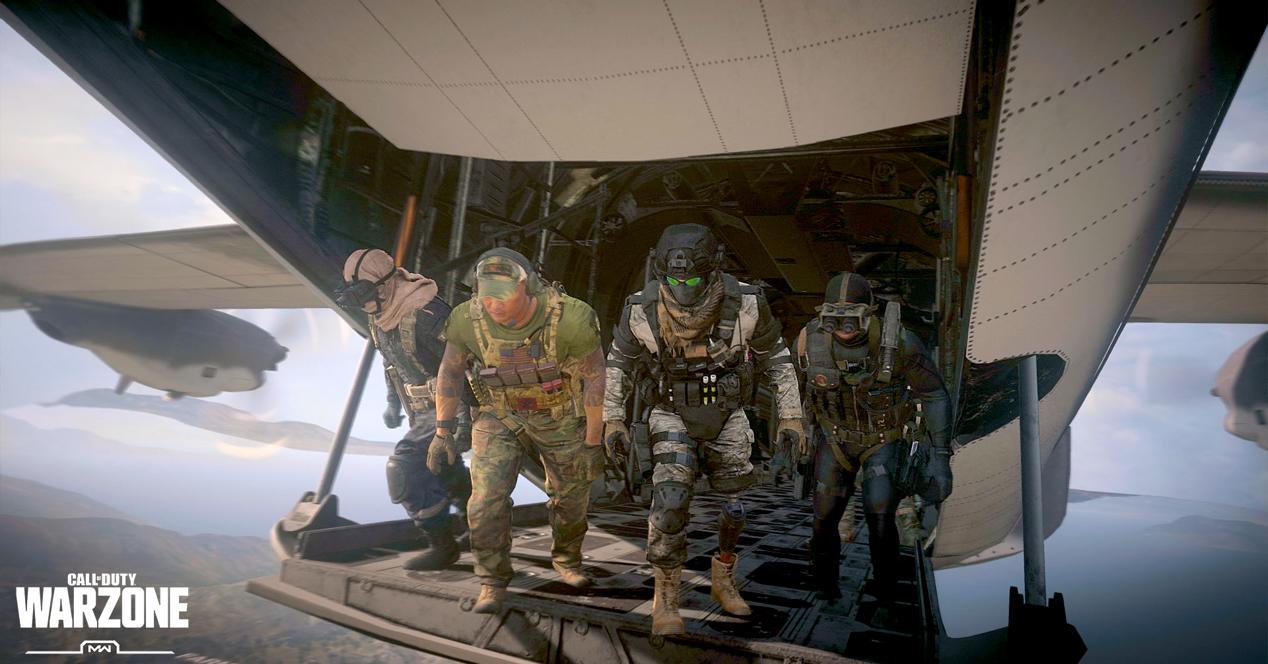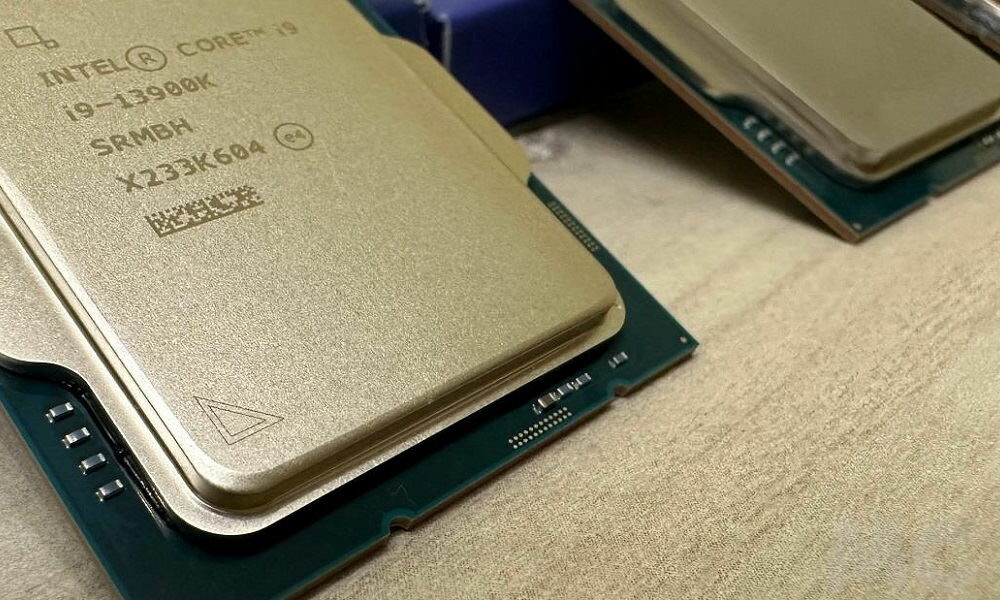
Buying a very powerful graphics card will allow us to enjoy demanding games with maximum quality, and will also give us access to advanced technologies that will improve our experience. However, we must be clear that the performance of a graphics card can be profoundly affected by the processor that we are using, and that if it is unable to keep up with it our brand new graphics will run into a huge bottleneck.
The equilibrium When assembling or updating a PC, it is essential to be able to enjoy a good level of performance. It is useless, for example, to mount a GeForce RTX 4090 on a PC that has an Intel Pentium G 4000 series processor or an AMD Ryzen 3 1200, because we will have a huge bottleneck caused by the processor, and the same would happen even with more powerful models, like the Core i5-10400F or the Ryzen 5 3600.
A bottleneck occurs when a component ends up limiting the performance of another component. In this case, it is the processor that negatively affects the performance of the graphics card because it is unable to work fast enough to supply the graphics card with all the data and instructions it needs, causing the graphics card to have “idle” phases. too big.
If you wonder how you can identify a serious bottleneck, the answer is very simple, when the CPU usage rate is very high and the GPU usage rate is less than 85%. In these cases, the processor is “fuming” and the graphics card is excessive, so much so that an important part of its potential is wasted. may also exist less severe bottleneckswhich are those where the CPU goes full throttle but the GPU stays at 90% usage rate, and soft bottlenecks, which occur when the GPU usage rate stays at least 95% .
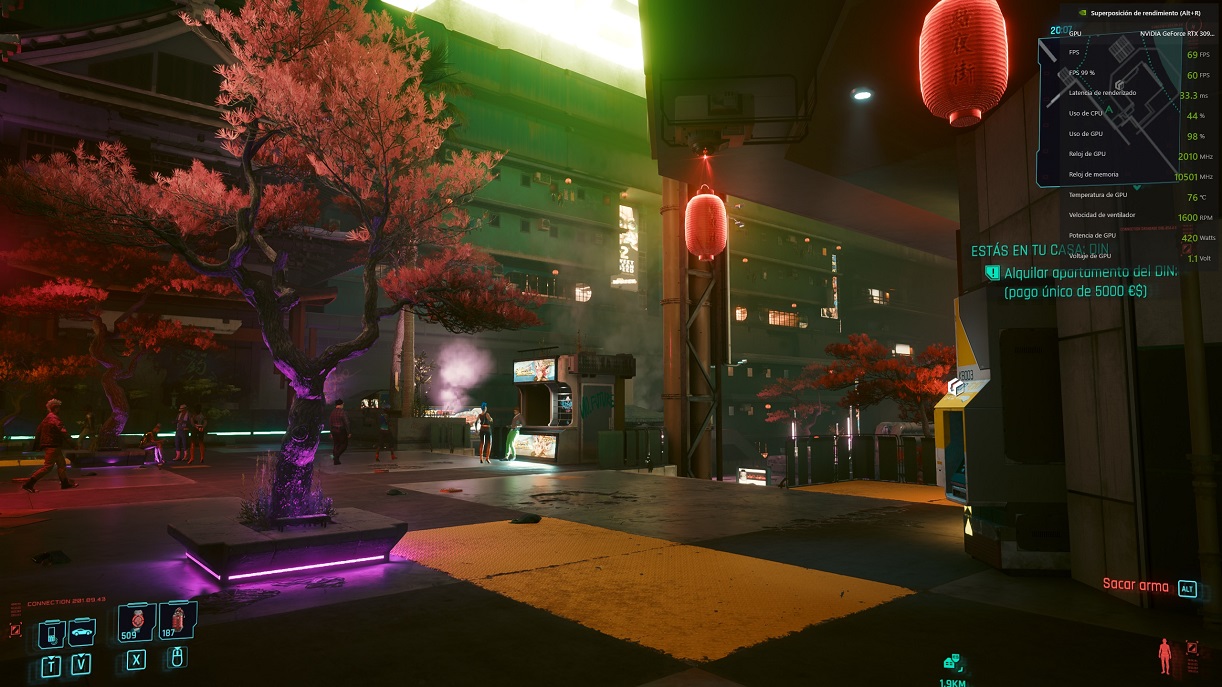
In this image we can see that there is no bottleneck in Cyberpunk 2077 with an RTX 3090 Ti and a Ryzen 7 5800X. The settings used were 1440p with ray tracing and DLSS in quality mode.
Screen resolution, graphic quality and processor: an important reflection
Before going directly to see which processor we need for each graphics card, it is necessary to talk about the screen resolution, because this will determine the workload that the graphics card will have to face and the impact that the CPU will have on its performance. The lower the screen resolution, the less workload the GPU will assume and the more weight the processor’s performance will have.and vice versa.
This is very important because a processor like the Core i5-10400F can be a huge bottleneck to the GeForce RTX 4090 at 1080p, but that bottleneck will be greatly reduced in 4K resolution. The reason is very simple, in 1080p that graphics card is overkill and needs the processor to supply as much data and instructions as possible to develop its full potential, while in 4K the GPU has to work with 4 times more pixels, and therefore it will go tighter and will not need the CPU to work as fast.
It must also be taken into account that graphics settings greatly affect the dependency relationship between the GPU and the CPU. Reducing the graphics quality will make the graphics card take less workload and increase the weight of the processor, and vice versa. Enabling particularly demanding settings, such as ray tracing, will greatly increase the workload on the graphics card and reduce the weight of the processor.
Everything we have seen is so important that, today, it is not uncommon to measure the performance of different processors in games these are configured in 720p and low quality. It is an unrealistic scenario, but it forces such a large reduction in graphics load that it is the processor that ends up making the difference in terms of performance.
Before concluding, we also have to remind you that at enable technologies such as NVIDIA DLSS, Intel XeSS or AMD FSR in games the graphical load is also reduced and can cause bottlenecks, because they reduce the resolution at which each frame is rendered and increase the weight of the processor.
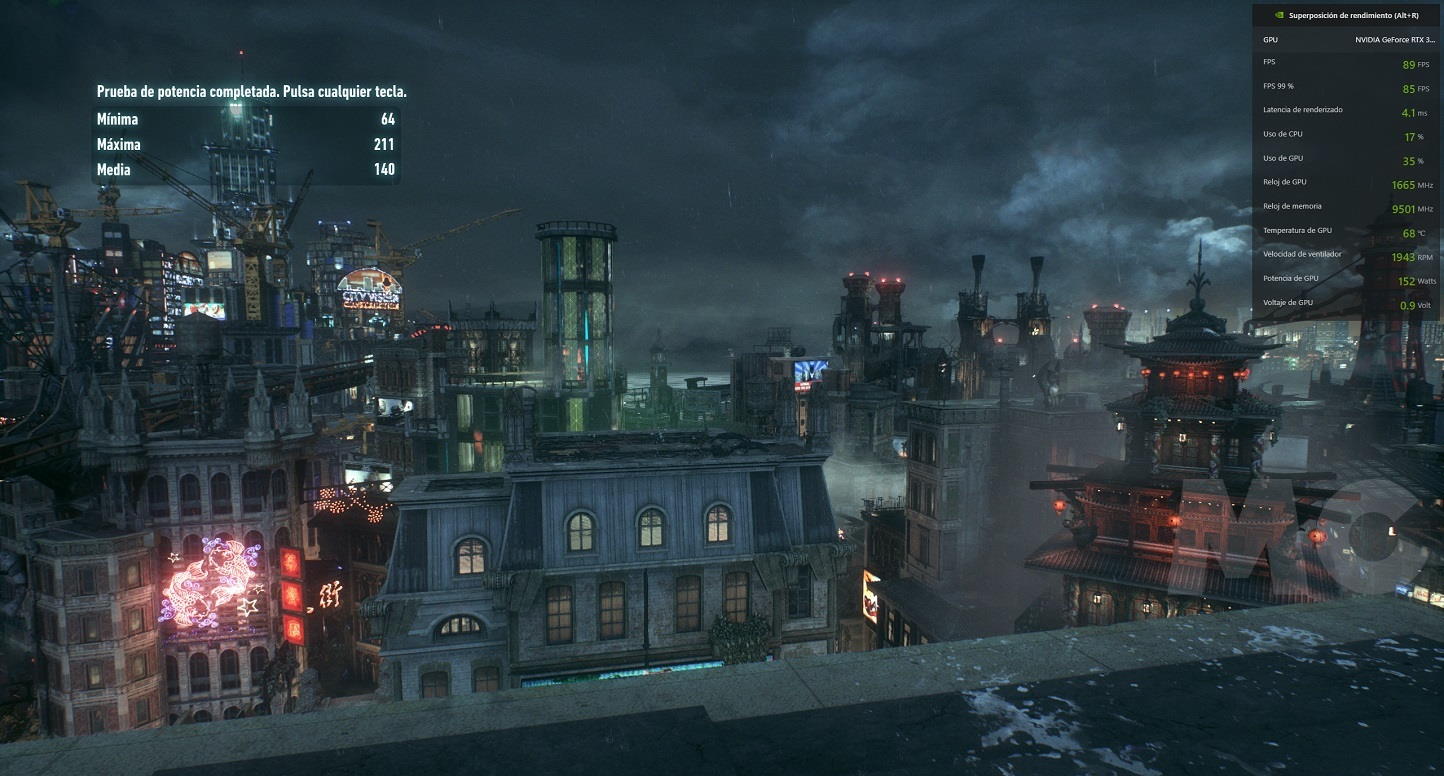
In Batman Arkham Knight we do have a significant bottleneck at 1440p with an RTX 3090 Ti and a Ryzen 7 5800X, but it is due to in-game optimization.
Which processor should I choose for my graphics card?
We are ready to fully enter the depth of the article, which is to determine which processor would be the minimum recommended for each graphics card. We have already said that this will depend on the screen resolution and the graphic quality, so we are going to offer you a general recommendation that will be the ideal minimum to avoid a serious bottleneck even in 1080p, and we will assume that our goal is to play at maximum quality.
On the other hand, to simplify the guide and make it easier to refer to, we are going to make broader references only to the most recent generations of graphics cards, otherwise this article would be too long and lose value. We will leave a section for the older models, but this one will be more generic and brief. However, if you have any questions you can leave it in the comments and we will help you solve it.
GeForce GTX 10, Radeon RX Vega and earlier graphics cards
With these generations it is difficult to find a bottleneck at the CPU level unless we have a very old processor. From a Ryzen 5 1500X or a Core i7-4770 We can easily move graphics cards such as the GeForce GTX 970, GTX 1060, Radeon R9 390 and Radeon RX 580.
In the case of more powerful models, such as the GeForce GTX 1080 and GTX 1080 Ti, and the Radeon RX Vega 56 and 64 and Radeon VII, the recommended minimum would be Ryzen 5 2500X or a Core i7-6700 so as not to suffer a serious bottleneck.
For much older graphics cards, like the GeForce GTX 600 or GTX 700, and the Radeon HD 7000, a processor like the Core i5-2500 or a Ryzen 3 1200 it would be more than enough to avoid having a serious bottleneck, although we must take into account that these have become obsolete and without support, and that their performance in current games can be quite poor.
GeForce RTX 20 and Radeon RX 5000 graphics cards
They are two generations that still offer an excellent level of performanceespecially in the higher ranges, and that need a fairly powerful processor to develop its full potential, especially if we are going to play in 1080p resolutions.
- GeForce RTX 2060, RTX 2060 Super, and RTX 2070: we will need at least a Ryzen 5 2500X or a Core i7-6700 to move them without causing a serious bottleneck.
- Radeon RX 5600 XT, Radeon RX 5700 and Radeon RX 5700 XT: As in the previous case we will need at least a Ryzen 5 2500X or a Core i7-6700 to avoid bottlenecks.
- GeForce RTX 2070 Super, RTX 2080, RTX 2080 Super, and RTX 2080 Ti: They are very powerful graphics cards, so we are going to need a processor to match. Having a Ryzen 5 3600 or a Core i7-8700 will be enough to avoid a serious bottleneck, although the ideal in the case of the GeForce RTX 2080 Ti would be to have a Ryzen 5 5600 or a Core i5-11400F.
GeForce RTX 30 and Radeon RX 6000 graphics cards
We give an important jump in terms of raw power, and this means that we also need a more powerful processor to avoid a serious bottleneck with the graphics cards that we are going to see below. In the most powerful models it would be advisable to have a higher CPU to maximize performance if we are going to play in 1080p.
- GeForce RTX 3050 and Radeon RX 6600: With a Ryzen 5 2500X or a Core i7-6700 we will not suffer a serious bottleneck, although if we are going to play in 1080p with DLSS or FSR activated it is advisable to have a Ryzen 5 3600 or a Core i7-8700.
- GeForce RTX 3060, RTX 3060 Ti, Radeon RX 6600 XT, and RX 6700: the jump that occurs in power is significant, and for this reason it is recommended to have at least a Ryzen 5 3600 or a Core i7-8700. If we are going to play in 1080p with DLSS or FSR activated, a more powerful processor can make a significant difference (Ryzen 5 5600 and Core i5-11400F would be ideal partners in that case).
- GeForce RTX 3070, RTX 3070 Ti, RTX 3080, Radeon RX 6700 XT, RX 6800, and RX 6800 XT: They are models that offer a very high level of performance, and that even at 1440p require a powerful processor to develop their full potential. Starting with a Ryzen 5 5600 or a Core i5-11400F we would not suffer any serious bottleneck, not even in 1080p.
- GeForce RTX 3080 Ti, RTX 3090, RTX 3090 Ti, and Radeon RX 6900 XT-6950XT: They were the most powerful models of their generation, we can consider them as equivalents to each other and they still position themselves at the top of the sector. In this case, we should also accompany them with a Ryzen 5 5600 or an Intel Core i5-11400F so as not to suffer a serious bottleneck, not even in 1080p.
GeForce RTX 40 and Radeon RX 7000 graphics cards
The newly released new generations of NVIDIA and AMD have set a new performance ceiling in the graphics sectorIn fact, the GeForce RTX 4090 is so powerful that even at 4K we can see a certain bottleneck with processors that previously managed quite well at that level.
- GeForce RTX 4070 Ti and Radeon RX 7900 XT: They are two models that, in general, perform at the level of a GeForce RTX 3090 Ti, so we will also need a Ryzen 5 5600 or an Intel Core i5-11400F to avoid serious bottlenecks.
- GeForce RTX 4080 and Radeon RX 7900 XTX: both represent a considerable performance leap compared to the GeForce RTX 3090 Ti. If we are going to play in 4K, a Ryzen 5 5600X or an Intel Core i5-11600 will comply without problems, but when activating DLSS or FSR, or when playing at lower resolutions, it is recommended to have a Ryzen 5 7600X or a Core i5 -12600.
- GeForce RTX 4090: it is the most powerful graphics card in the general consumer market. Starting with a Ryzen 5 7600X or an Intel Core i5-12600 we will not suffer serious bottlenecks, but if we activate DLSS or if we play in resolutions lower than 4K, a faster CPU will give us better performance.
Final Notes: The Importance of Optimization
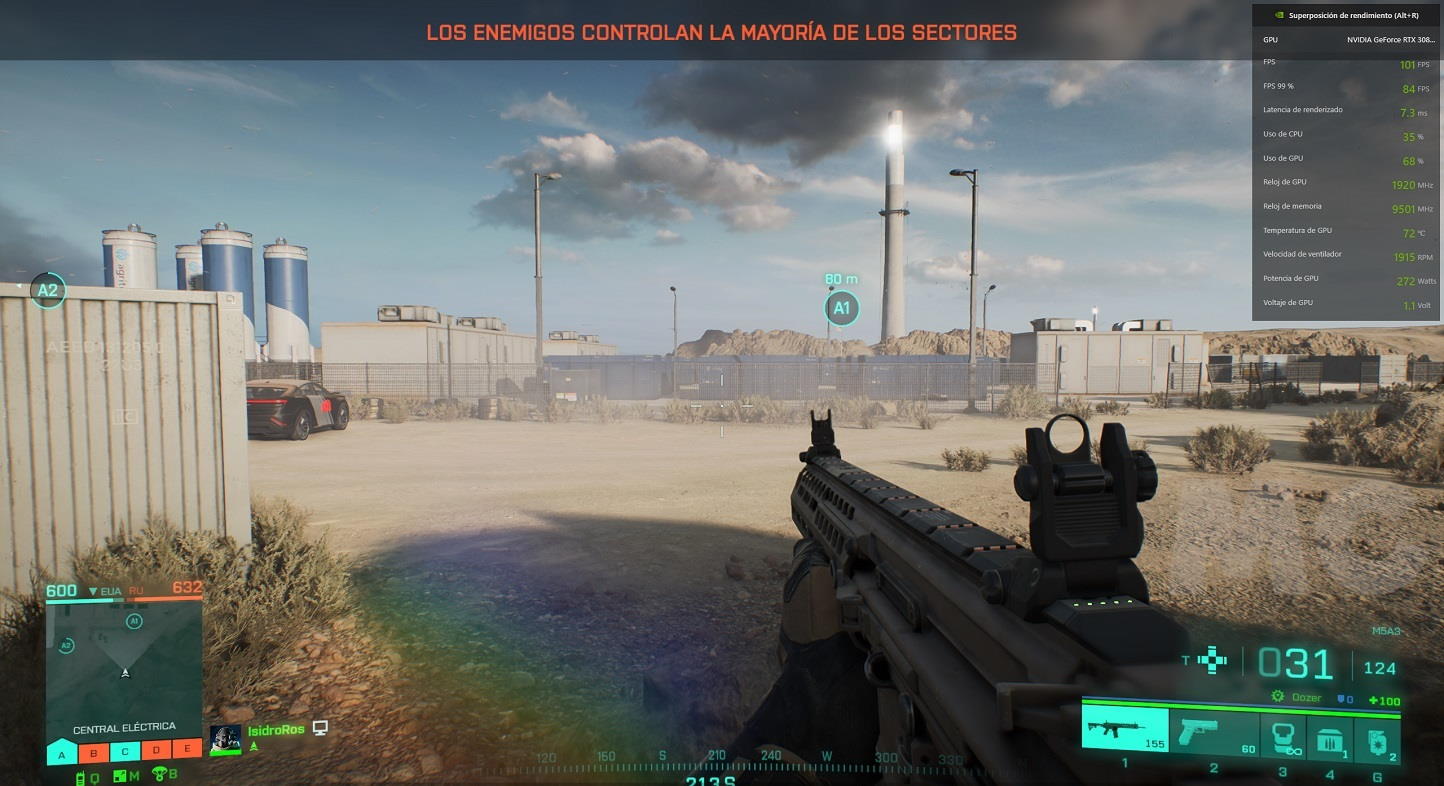
Clear example of a bottleneck in Battlefield 2042 due to poor optimization.
To finish this article properly, it is essential to talk about the importance of optimization todayand how poorly made some games are, since it is an issue that can cause bottlenecks in perfectly balanced teams, and in these cases you should not worry because unfortunately you will not be able to do anything.
Most of today’s games only scale well on quad-core, eight-thread processors, and some do on six-core, twelve-thread processors. Having a processor with more than six cores and twelve threads will not make a significant difference in games because they are not optimized to take advantage of them properly. What will make a big difference will be the IPC of the processor and its working frequencies..
Therefore, if your goal is to play games and you have to choose between a processor with 8 cores and 16 threads with a low IPC, like the Ryzen 7 1800X, or one with 6 cores and 12 threads and a higher IPC, like the Ryzen 5 5600, the second would be the best option without any doubt, in fact, the difference in gaming performance between the two is overwhelming in favor of the Ryzen 5 5600.
All in all, you shouldn’t get obsessed with the IPC issue to the point of underestimating the number of cores and threads, since today having less than 4 cores and 8 threads will mean that we cannot play with guarantees, and the ideal is to reach a configuration of 6 cores and 12 threads. The processors with 8 cores and 16 threads only make sense in very specific cases, such as if we are going to play and do other things at the same time in the background.
